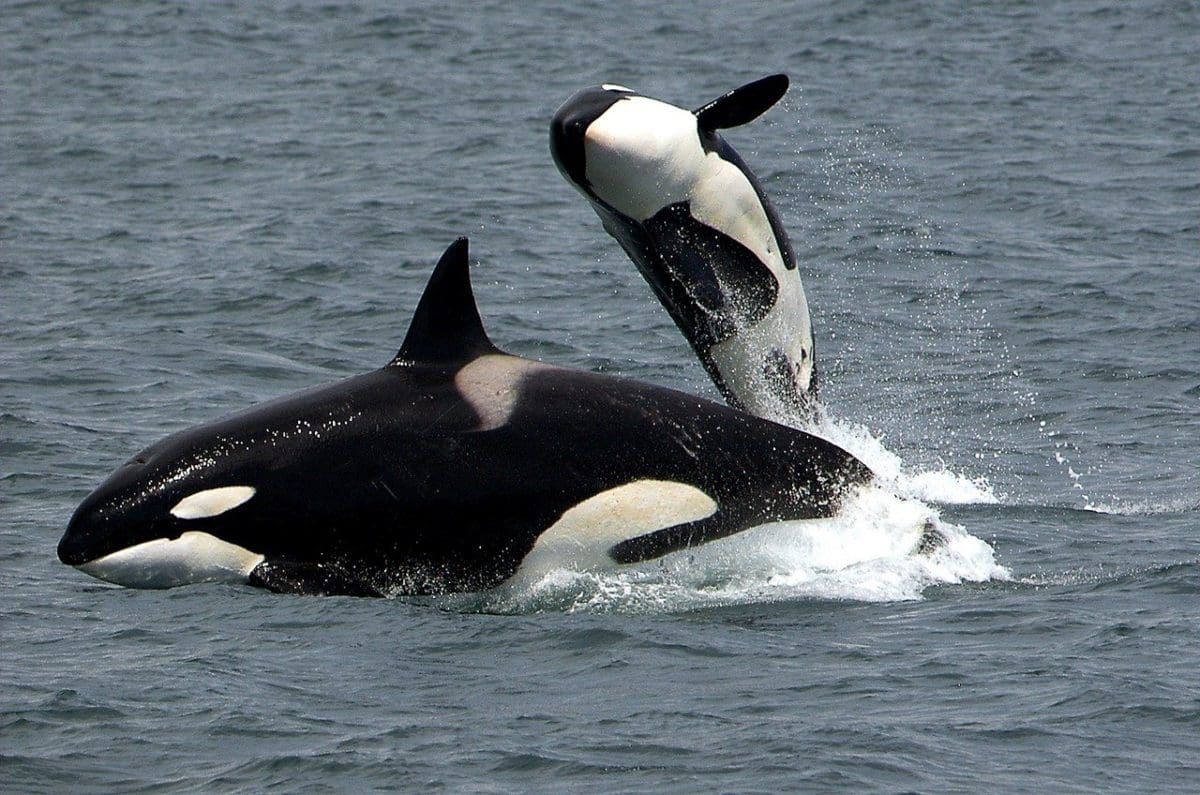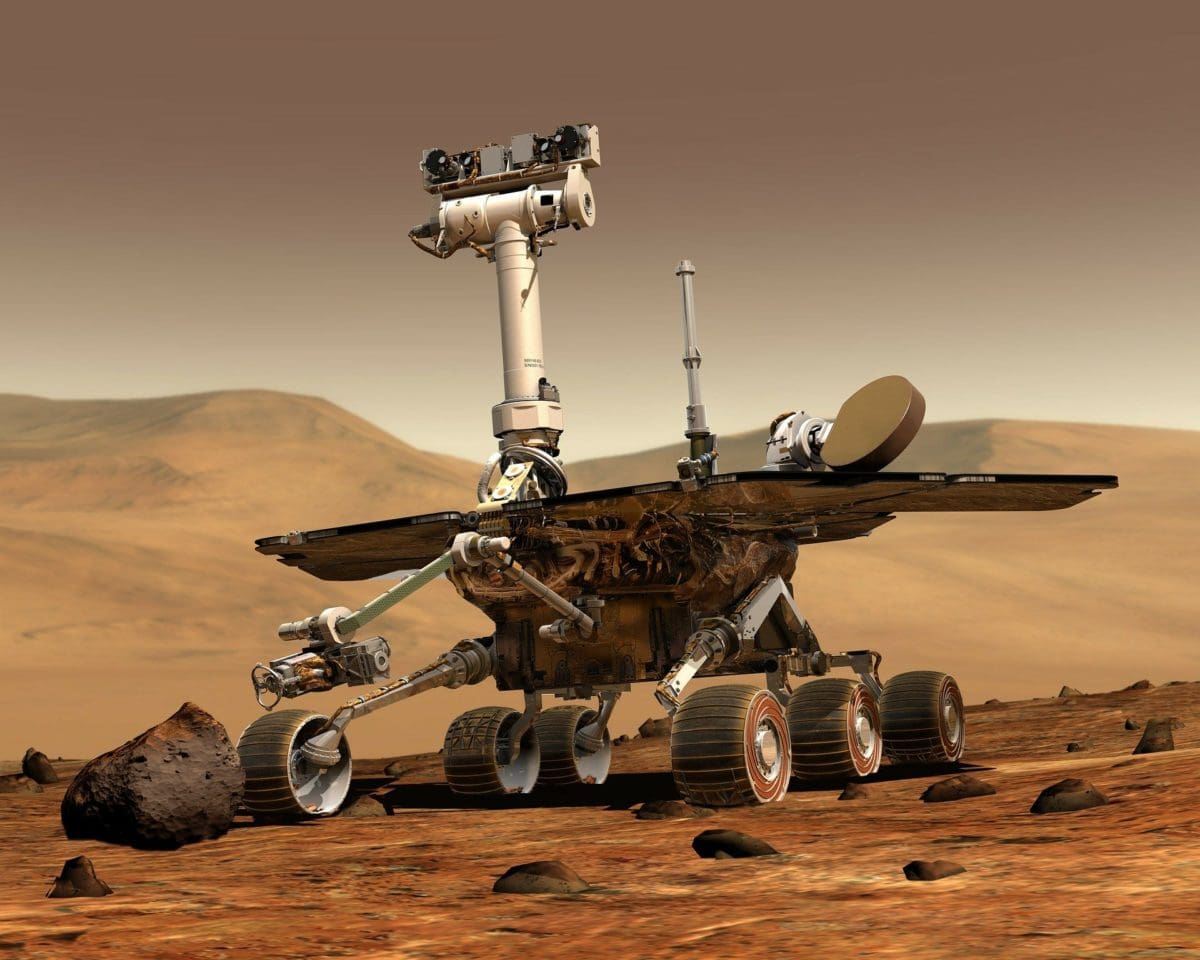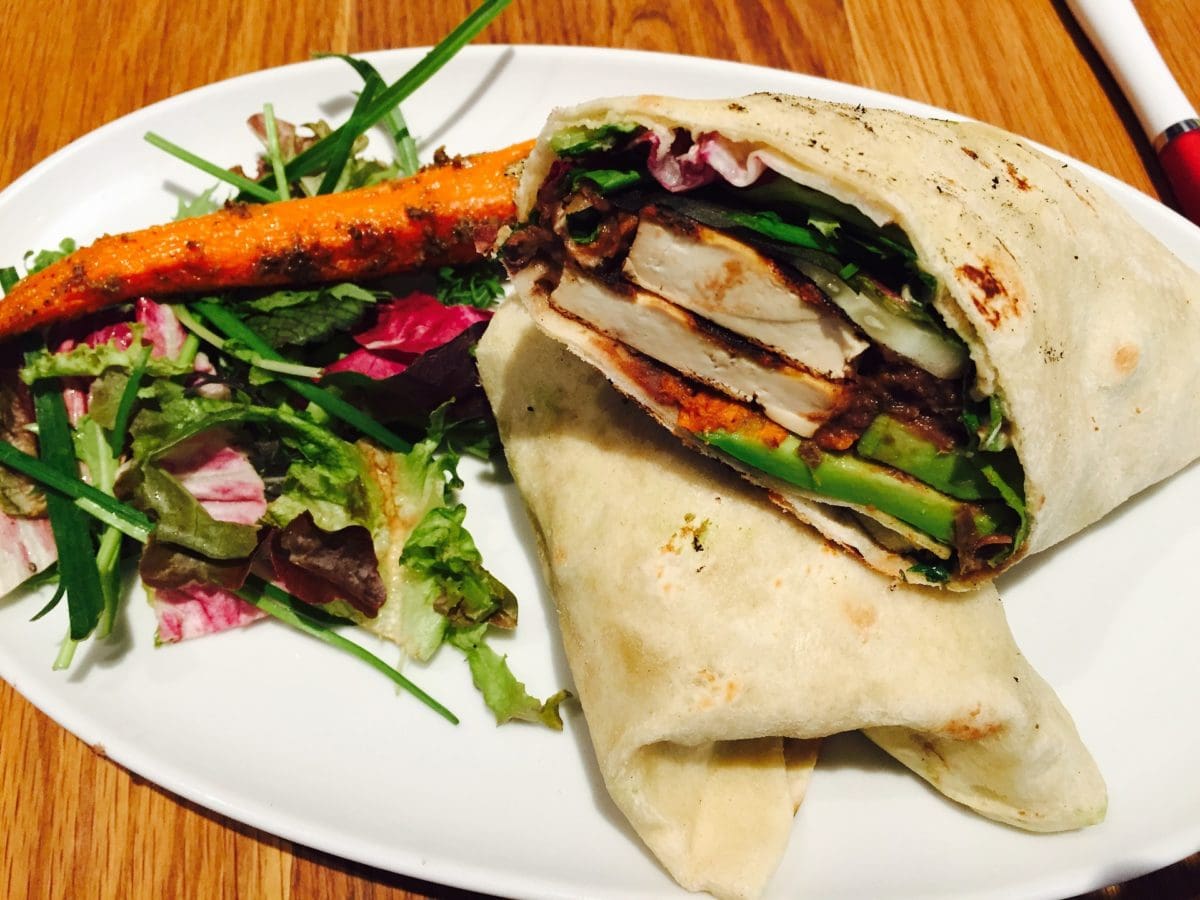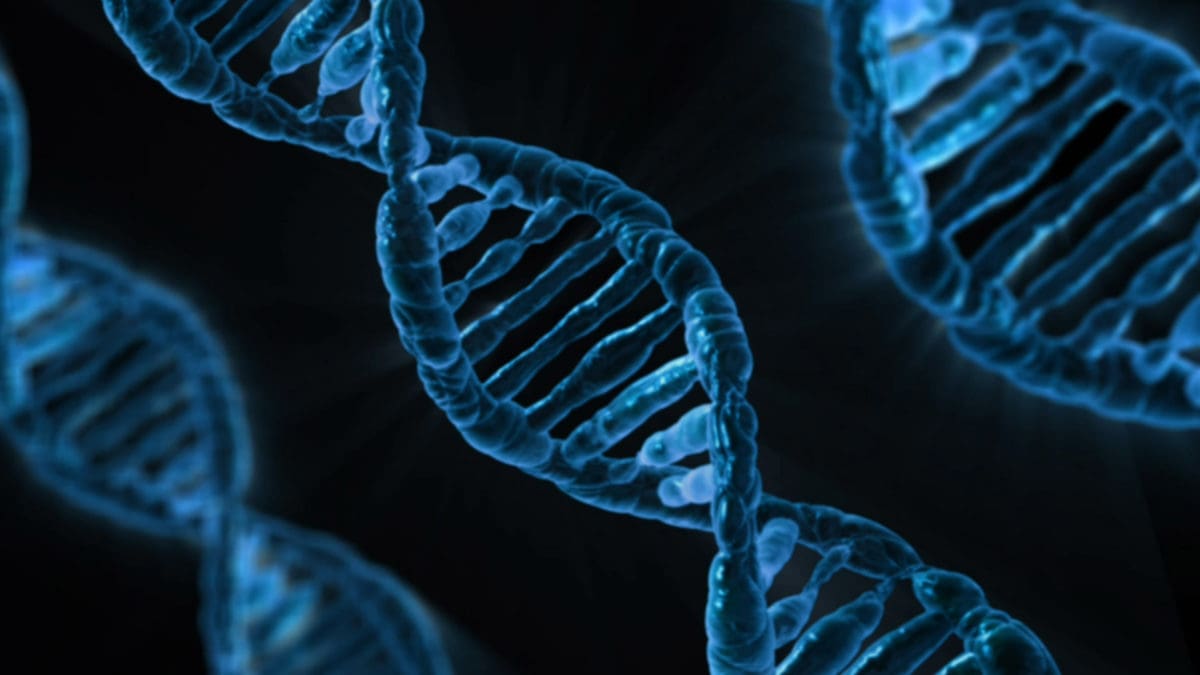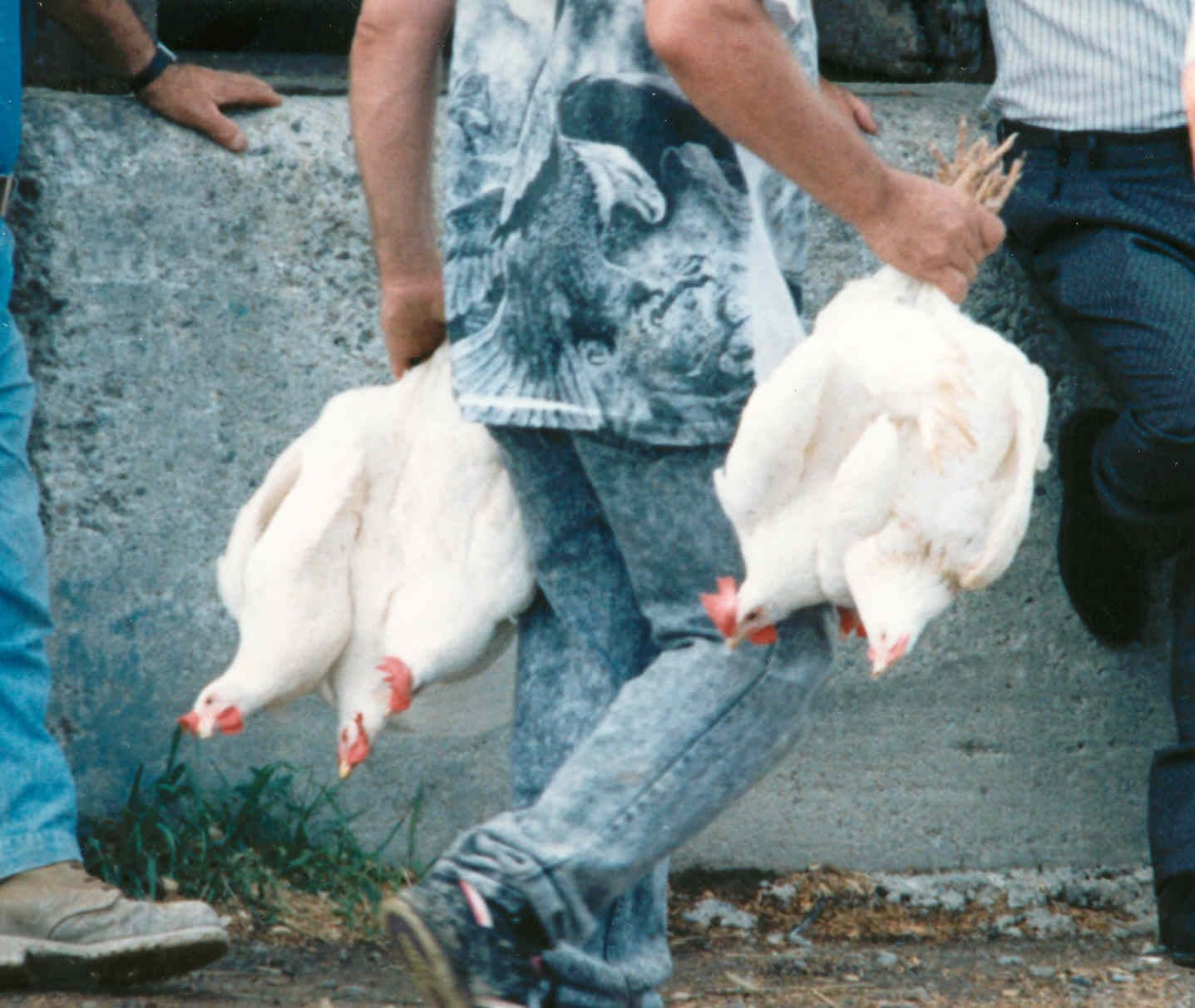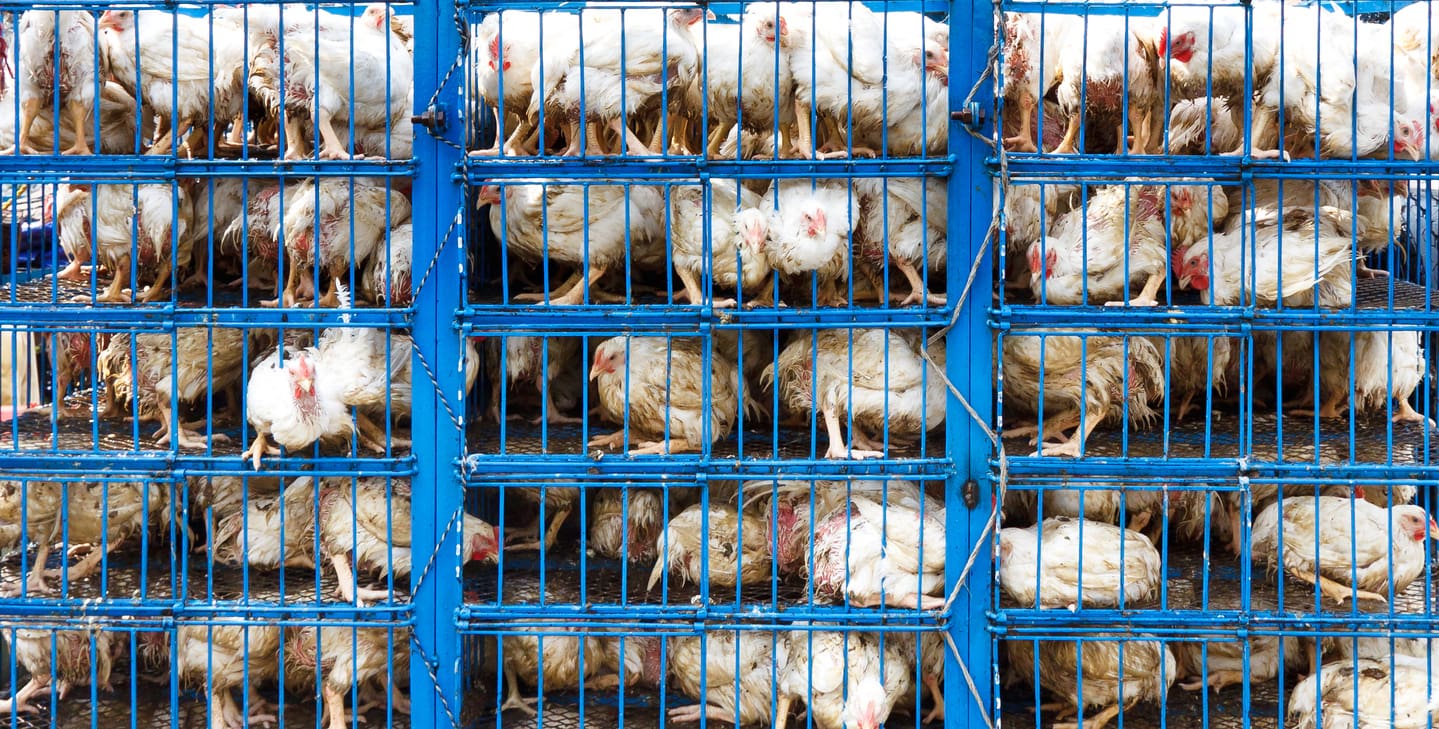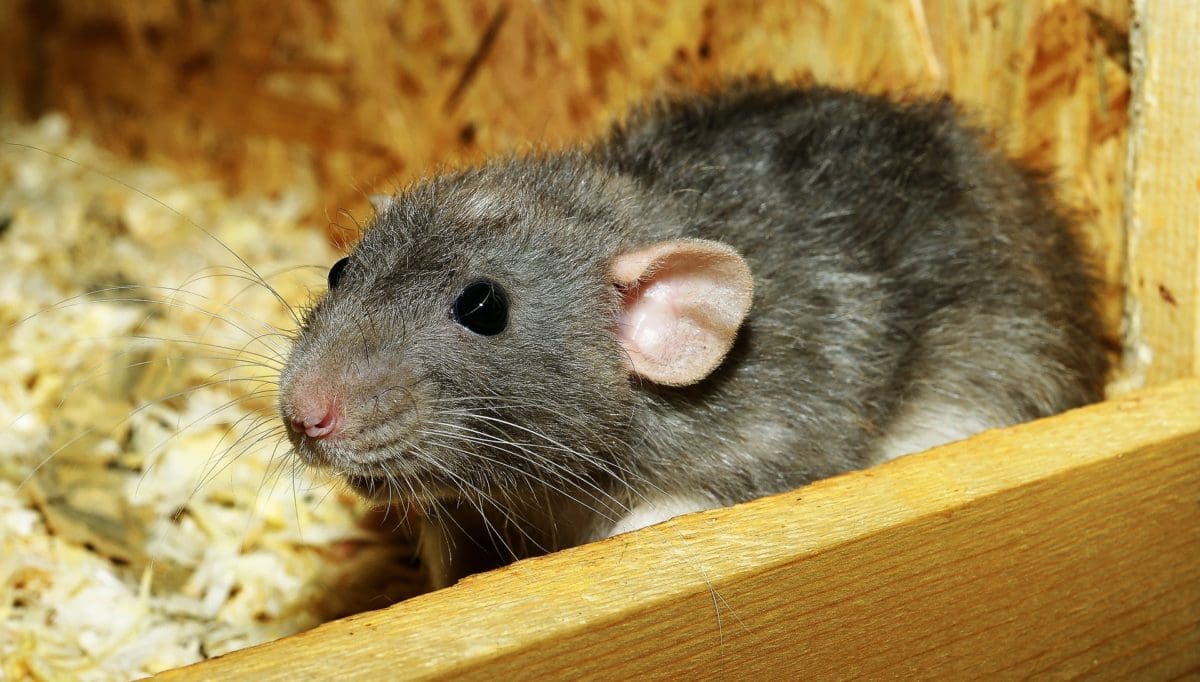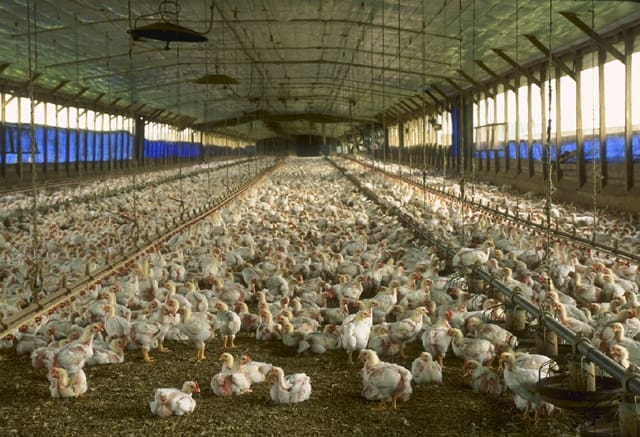Article originally published on Daily Hive.
The vaquita, the smallest cetacean (the family of marine mammals that makes up whales and dolphins), is dangerously close to extinction. It is estimated that 10 individuals remain, though the nature of scientists’ best estimate means there could actually be anywhere from six to 22 left. Except that only days after this new population estimate was released (already down 50% over 2017), animal activists discovered what appeared to be the decomposing body of a vaquita trapped in a gillnet. Activists have been calling for a ban of such nets off the coast of Mexico but fear it may already be too late for the vaquita.
I’ve been finding it hard to write about the topic of extinction, as urgent as it feels now more than ever. Others have more insight into the science behind it, but ethicists have been thinking about death and loss for thousands of years, how death occurs and what it means for those who go on living. Socrates gives many beautiful theories around the nature of life and death in Plato’s Phaedo, written over 2,000 years ago. I’m always amazed at the creativity and pure interest in ideas on display as Socrates lies on his deathbed in deep discussion with his closest friends. Few in human history have thought through anything like species extinction though, let alone anything on the scale of mass extinctions.
The topic feels so distant, like something that’s always in the future but never arrives. It feels like trying to think through something like climate change. How do you think meaningfully about what could or will happen in the future without sounding naïve or alarmist? How do you write meaningfully about a species or individuals who no longer have a place in this world while ensuring you are doing them justice?
Both extinction and climate disaster feel like a threat from a parent who doesn’t really mean it: we know the possibility exists, but we don’t really believe it. At least, we don’t believe it in any meaningful way such that we change our actions in significant or timely ways. When I look out the window and see a beautiful day, I don’t see climate change. But when the city smells like smoke all summer, the fire feels more real.
We’ve been witness to animals washing ashore with stomachs bloated with plastic for years and only recently has anyone shown any concern for the straws and bags and cups we have been filling the planet with, let alone the bottles and the packaging and who knows what else. Of course, while the City of Vancouver declares a climate emergency and seeks advice on how to meaningfully combat imminent disaster, the State of Florida has sought a ban on plastic straw bans until at least 2024, so not everyone is making responsible collective choices in the best interest of all animals.
Historically, human beings have been responsible in some way for the extinction of multiple species. Our pop culture even features these long-gone creatures like the dodo who was easily and quickly hunted to extinction by humans. It didn’t help that we destroyed its habitat, along with basically all native animals on the island of Mauritius. The dodo is now of course mocked as stupid or clumsy based on its quick death and descriptions from the 1600’s, though we now know that it, along with the countless other creatures killed were adapted to their environment. It just happens that we have historically eaten just about anything that moves (or rather doesn’t move too quickly) and then use up ever-expanding swathes of land to raise and grow more animals to eat.
In the 1800’s, colonial settlers in the “New World” were responsible for virtually wiping out the buffalo, a species that numbered over 60 million the previous century and roamed from Alaska to Mexico in the south and as far east as Florida. Through a combination of hunting for food, and simply slaughtering them to eliminate a vital food source for First Nations communities (as well as the introduction of disease from farmed cattle), there were only 541 individuals remaining in 1889. In our history of grievances against other animals we should remember that humans are responsible for wiping out creatures simply as a means of eliminating other human beings, with animals and natural habitats destroyed not only as collateral damage in warfare, but used as pawns and weapons as well. The Buffalo now has a conservation status of Near Threatened.
It’s only relatively recently that human beings have reflected in any significant way on the result such mass deaths and land transformation have on other species or ecosystems. Our world has remained relatively small and fairly anthropocentric for going on 5,000 years now. We are slowly but surely becoming more aware of the needs of other animals, of expanding our concepts of intelligence and communication and community to better grasp the non-human animals we share this Earth with. It brings me hope when individuals truly care for other creatures and our collective decisions and actions reflect our compassion for others. These collective actions can’t come soon enough.
Locally, many have been following the slow decline of the southern resident killer whales, best exemplified by last summer’s tragic tour of grief as J35 (Tahlequah) swam for over two weeks carrying her calf who had died within half an hour after birth. The southern resident killer whales are composed of three pods, lending the individuals the familiar Letter-Number naming convention; J Pod is composed of 22 members, while K and L Pods are composed of 18 and 34 members, respectively. That means the entire population of southern resident killer whales is only 74.
There’s something truly unique about the possible extinction of the southern resident killer whales though, something that separates it from the dodo and the buffalo: If the southern resident killer whales are allowed to go extinct, it will be the first species to be wiped out where every individual had a name.
This means that the death of these whales may be closer in kind to the deaths of the Beothuk or of the countless genocides and wars that make up human history. Or maybe it means that all animal deaths are a matter of degree. I mean, J35 has her own Wikipedia page, while friends from graduate school, now published with teaching positions, have their own pages marked for deletion. Tahlequah the killer whale is more socially and culturally significant than respected educators and published authors.
How would we respond if Shanawdithit came to us today as Tahlequah did, a tragedy across both old and social media, crying out for help? Shanawdithit, born 1800 and the last of the Beothuk People, died as a servant in Newfoundland in 1829. Her mother and sister died of tuberculosis when brought to St. John’s where they were to all serve white immigrants after they were found searching for food in Badger Bay, a present day five-and-a-half-hour drive away, or four and a half days of continuous walking. In 1820 there were only 31 Beothuk remaining. Shanawdithit’s legacy has lasted through her retelling of her people’s story and as a symbol for cultural and racial extinction. If hashtags and Instagram stories asked us to save a dying people today, would we act?
I hope that we would. But when faced presently with a refugee crisis, with war ravaging parts of the world for decades or longer, and with the global divide between the wealthy and the poor expanding evermore, not to mention those in need in our own country facing poverty, illness, or lack of basic community infrastructure, I can’t say we’re really doing much to help those in need.
Like our history with other animals, our history with other human cultures is honestly pretty shameful. Spoiler alert for those without a cursory knowledge of human history: human beings have been pretty awful to just about everyone and everything for about as long as we’ve been around. It doesn’t have to be that way though. There are pockets of hope in human history where people have come together to better themselves, to understand what it means to be just, or to reflect on human action and its effects.
There are different schools when it comes to ethical theory. Some weigh the value of intentions, while some look to the benefit of an action’s outcome as the measure of whether this or that action is “good.” Others maintain that the things we hold valuable change over time, through social and political change, that our ethics reflect the collective aspirations of humanity to always be better, whatever that means according to our best available knowledge and wisdom.
We don’t need to reflect for even a moment on the plight facing whales all over the world, both wild and captive, we already know that we can and need to do better. But we need to ensure we actually do something with our “knowing better” before it’s too late. We owe them more than being a quickly forgotten part of our 24-hour news cycle of rotating tragedies, only to be relegated to the place of memory and fiction.

